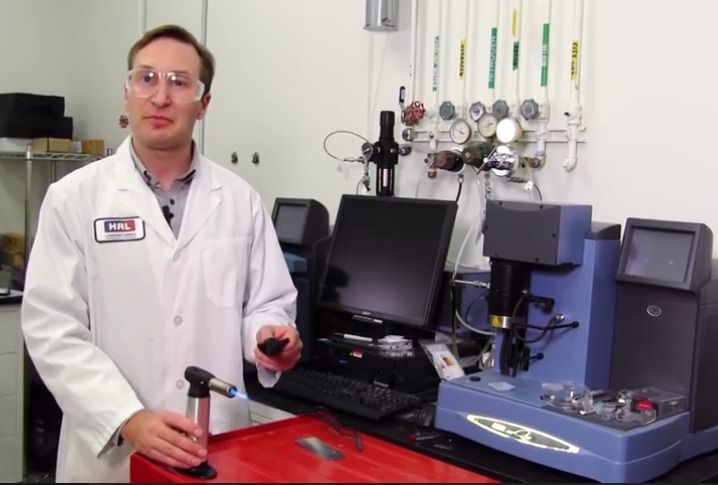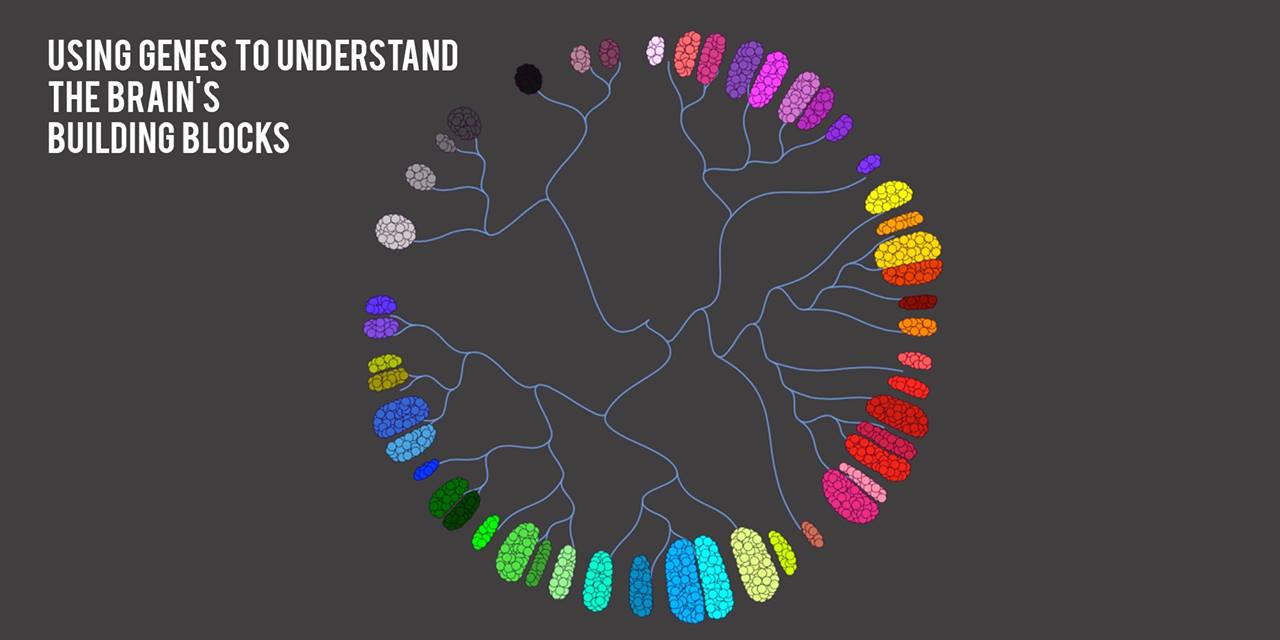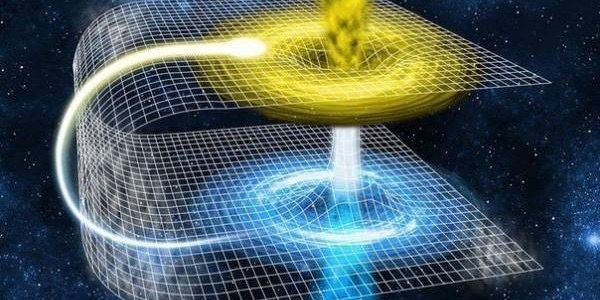Jan 6, 2016
Groundbreaking Ceramic Resin Developed
Posted by Klaus Baldauf in categories: 3D printing, materials
![]() 3D printed ceramics are still something of a rarity, compared to other materials. The material has several limitations; it’s generally printed by sintering powder materials that result in porous, relatively weak end products with low heat resistance. This greatly limits the size and shape of objects that can be printed; 3D printed ceramic objects have thus far been pretty much limited to relatively small decorative items or tableware. But that’s all about to change, thanks to a new material developed by research and development company HRL Laboratories, LLC.
3D printed ceramics are still something of a rarity, compared to other materials. The material has several limitations; it’s generally printed by sintering powder materials that result in porous, relatively weak end products with low heat resistance. This greatly limits the size and shape of objects that can be printed; 3D printed ceramic objects have thus far been pretty much limited to relatively small decorative items or tableware. But that’s all about to change, thanks to a new material developed by research and development company HRL Laboratories, LLC.
 HRL, which is owned by Boeing and General Motors, has developed a ceramic resin that can be printed through stereolithography. The company actually calls it a “pre-ceramic” resin that prints like a typical plastic resin, and is then fired in a high temperature kiln, which turns it into a dense ceramic. The resulting objects are about ten times stronger than other 3D printed ceramics, have virtually no porosity, and can withstand temperatures higher than 1700°C.
HRL, which is owned by Boeing and General Motors, has developed a ceramic resin that can be printed through stereolithography. The company actually calls it a “pre-ceramic” resin that prints like a typical plastic resin, and is then fired in a high temperature kiln, which turns it into a dense ceramic. The resulting objects are about ten times stronger than other 3D printed ceramics, have virtually no porosity, and can withstand temperatures higher than 1700°C.
















